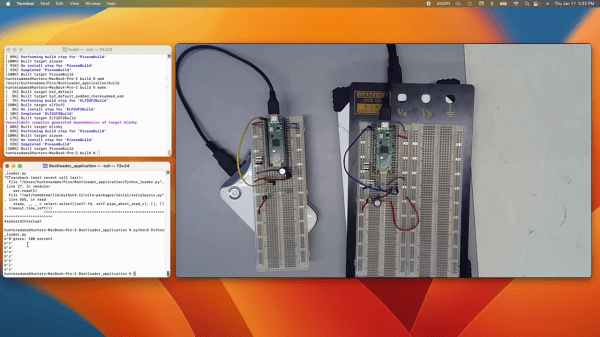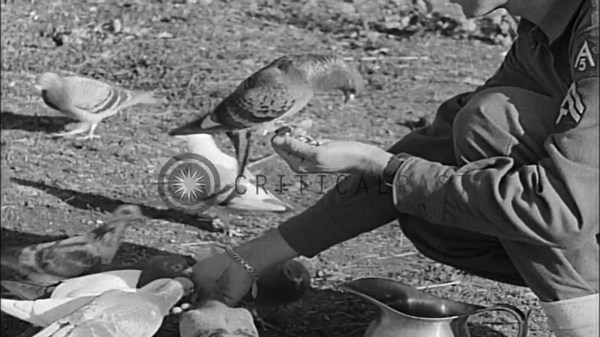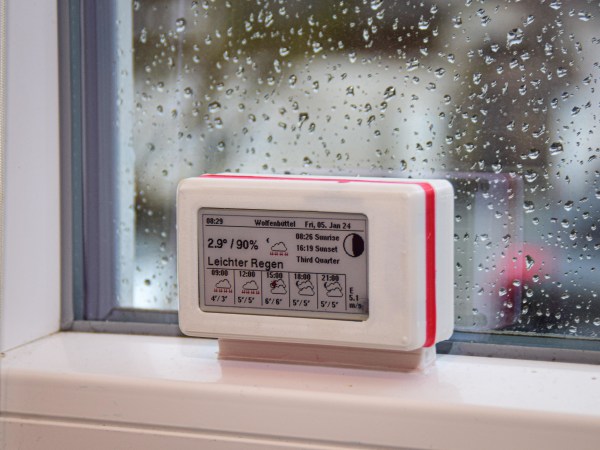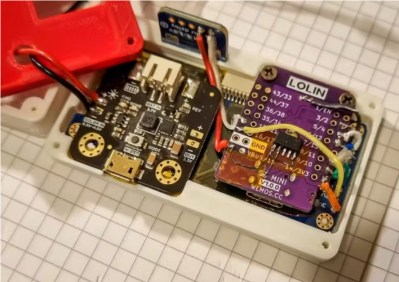
[Joel] wanted to use his newly acquired welding skills to make something useful. With tasty flesh in mind he put together this meat smoker. What resulted is incredible, but the fact that he then gave it away as a gift is just amazing.
A curved joint between two pipes is known as a ‘fish mouth’. They can be a hassle, as with the pirate wheel project, but [Joel] used his noggin to make things easier. He first modeled two 55 gallon drums in CAD. The intersecting curve was then generated by the software, printed out on paper, and stenciled on the drum to be cut out with a jigsaw.
[Joel’s] writeup is greatly detailed and shares many pictures. He makes every part of this smoker, including the wood handles and the stainless steel grates. The guy really knows how to build stuff, but we should have known that after seeing the Crushtoberfest.















